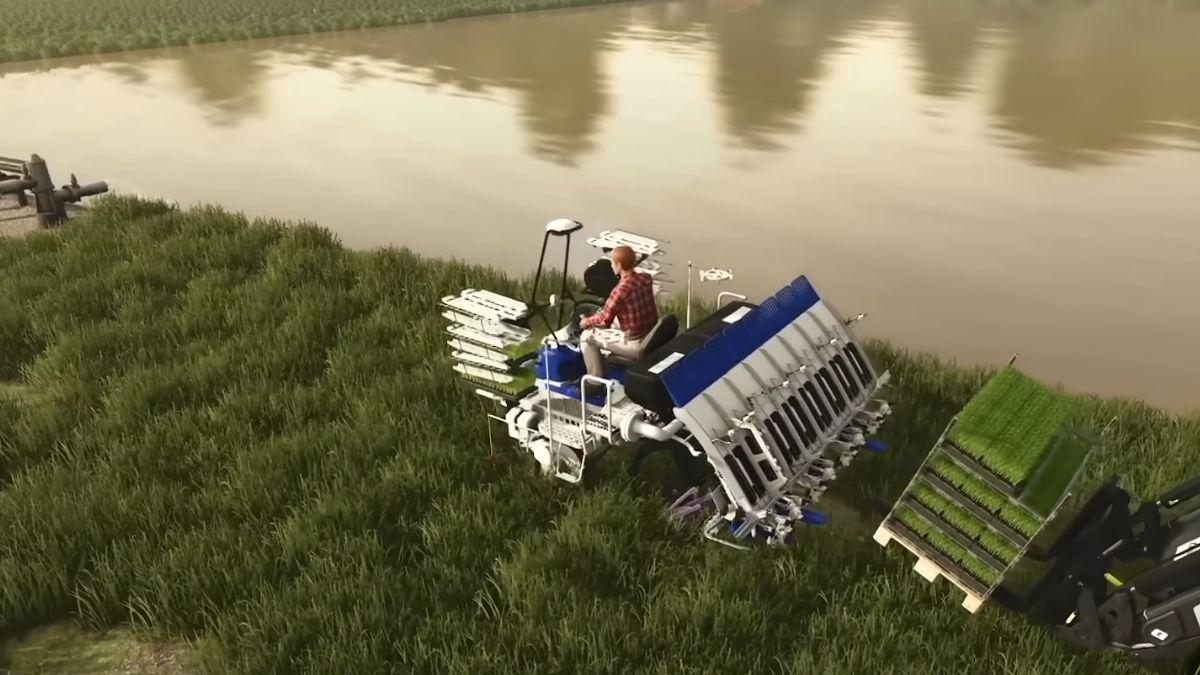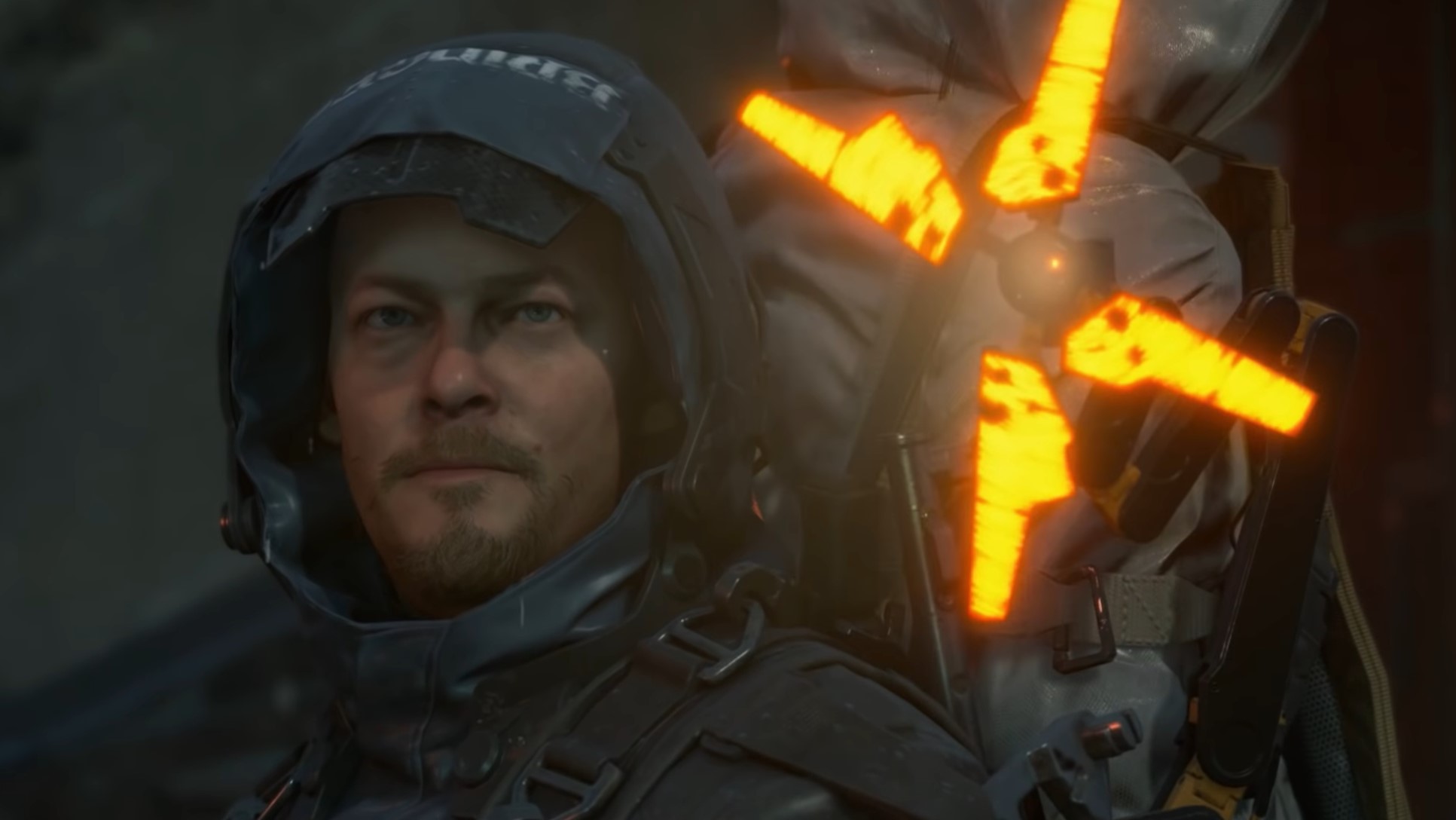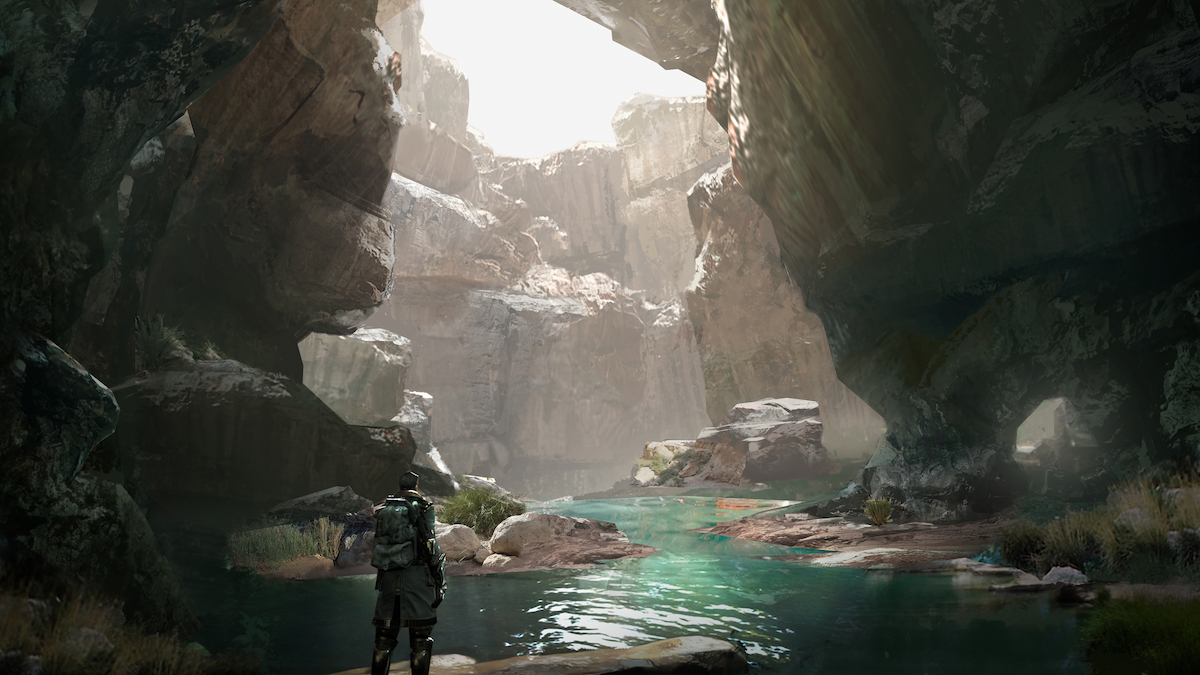This article contains spoilers for the recent Jade Shadows update for Warframe. If you have yet to play that, I would implore you to do so before reading this.
Warframe is changing. As someone with thousands of hours in the game, that should be scary to me, but like much of the playerbase, I find myself incredibly excited by it. This is not a forced change. Nobody sat in a meeting room and thought, “Let’s do things differently.” It is just the natural progression of a team that had worked together for over a decade on one of the most successful live-service games in the world.
In a world where bombast and explosions are often used to wow the crowd, something that Warframe has done with style and aplomb over the years, the team is now leaning into moments of emotional delicacy to surprise players. The action is still present, and the stakes are still just as high; it’s just that a veteran team of developers is really coming into their own and feeling braver with each update. Talking to Rebbecca Ford, Creative Director of Warframe, we start to get to the heart of these subtle changes and what they might mean for the future of the game.
“The most difficult part about making Warframe is making it human,” says Ford, as we discuss two recent moments of intense emotional nuance that were covered in new story missions. The first, a delicate touch on the cheek between two enormous automatons that seemed hell-bent on destruction mere moments before from the Whispers in the Walls update, and the other, and most shocking, a pregnant Warframe that was introduced to the game with Jade Shadows. “Getting the Warframe perspective on humanity’s reality is what is mission-critical, every time.”
This is something that the team has done incredibly well over the years, with the deeply human heart of Warframe’s story being the motherly figure of the Lotus, the lost children of the Tenno, and the flotsam and jetsam of an entire galaxy caught up in the tide of an immense, multifaceted power struggle. Warframe has always been about love, hate, loyalty, and betrayal, set against the backdrop of seismic upheaval, but so are lots of other games. What has set it apart in many ways is what could only be called the Weird Factor. Warframe is, by design, a weird game. It embraces elements of philosophy and cultural rumination from all over the globe and combines them with hard science fiction in a very unapologetic way. Embracing the desire to explore and display pregnancy in such a world and how the team went about it is a very brave move, but one that has certainly paid off.
The idea of Jade, a pregnant Warframe, began with a design by Mike Skyers, a 3D character artist at Digital Extremes. This was somewhat serendipitous, as the team had been trying to figure out how to progress the story of the Stalker for some time. Warframes are often built on the foundations of ideas that have been circling around the office for months or even years, but with Jade, things were a little different.
“There was no idea other than a piece of art that our principal character artist presented to me. We were just chatting, and Mike Skyers kind of said I have this idea for a frame. I went, oh my God, you just solved so many problems for what we want to do with the Stalker.”
 The dreaded Stalker. Image via Digital Extremes
The dreaded Stalker. Image via Digital ExtremesThe team had been chipping away at the Stalker for a while, trying to find a route to character development. As a rage-filled murder machine that hunts players across the galaxy, he is somewhat pigeonholed as a presence in the story, however. The team also couldn’t interfere with that hunting mechanic. When you kill a boss in the game, that Stalker might just seek revenge, after all. The solution? Explore what and who he was before he became the Stalker.
“We knew that we had those very clear, I’ll call them commandments, that we couldn’t disobey. Like, we didn’t want the Stalker system to go away. We wanted to just re-contextualize and give him a future.” Oddly enough, the way to do this was to revisit his past.
The Stalker, known as Sorren, and Jade were in love and engaged in a relationship that was considered taboo by their ruling Orokin masters. Upon discovering this, Ballas, a somewhat nasty member of the Orokin elite, turned Jade into a Warframe as punishment, knowing that she was pregnant. This perfectly fits his nature within the game, as he has been established as an extremely narcissistic being who would answer a curiosity with greater glee if it meant he could inflict suffering on another person in the process. This allowed for the introduction of a pregnant Warframe in a way that felt true to the universe.
“A character who’s been established the way Ballas has been established, he’s the kind of dude who’d do it just to see what happened. That’s, I think, even though it’s a far future, scientific-based moment of horror, it’s certainly something that you can imagine, how awful that would have been in the Warframe setting. But it’s no different than some of the horrors that have happened in real life with experiments on pregnant women.”
And so, we have our Jade. Expectant mother, yet mould-breaker. Traditionally, media cannot help but portray pregnancy as an inherent weakness, a transitory state that people pass through. It makes sense, as this is how things work in real life, but why embrace such things in Warframe, a game about psychic children who control suits of armor with their minds and fight giant space monsters?
 The heavenly Jade. Image via Digital Extremes.
The heavenly Jade. Image via Digital Extremes.Instead, Jade’s kit was developed to cover two main areas: the protection of allies and the destruction of enemies. The motherly instinct to keep something safe combined with the other motherly instinct to destroy any threat. No weakness to be found here, just Jade floating above the battlefield, raining death down on anything below her. The most important thing was to rise to the challenge of that initial concept. If it were to be done, then best it be done well, after all.
“It was, it was such an artistic choice and a commitment because I think when I first saw it, I just had never felt my brain commit in the direction so firmly as, oh, we’re going all in. The more you work with a team and a group of developers, the more you see risk and creativity as bedfellows in a way. If ever there was a team to release a pregnant hero, then why shouldn’t it be the Warframe team?”
What might just be unique is that Jade is a playable, powerful character who will be pregnant forever. The character design features a glass belly, and vibrant green energy glowing from within, something that the developers had to try and keep secret despite featuring Jade on streams in the run-up to release. Angles of exposure were carefully chosen, as it was important the surprise remain unspoiled.
“We’re dealing with a glass abdomen, but the silhouette and the shape leave no ambiguity about what actually is happening, and if you play the quest, there is no ambiguity either,” says Ford. The visual design of Jade is unapologetically pregnant, and this level of commitment to the themes and the central heart of the story was incredibly important for the team, just as much as the design of the kit itself. Jade, the protective mother figure, strikes at her enemies with Jade Light, the ultimate executioner’s tool used by the Orokin themselves. Jade, who avoided the oblivion of death through her own traumatic change, now uses her power to save others, including the Stalker.
“The players are playing through this reality in this story, they are inevitably going to be able to add Jade to their collection, and in doing so, they see what it means to have a playable pregnant hero in a video game, which might be a first. It certainly is pure power, pure support, pure destruction. We committed and we played it straight with no hesitation or any doubts that this was the right thing to do.”
Ultimately, the idea that Jade is somewhat metaphorical for Digital Extremes as a company is exciting and a little hard to move past. Pregnancy is often a metaphor for hope, change, and bright futures, and it certainly seems like such things await on the horizon. Not only do we have more Warframe to look forward to, but a whole new game, Soulframe, is also in the works.
It is actually this focus shift, a slight changing of the guard around Warframe, that has assisted in things feeling fresh and challenging while still managing to remain true to the original vision of the game. While Steve Sinclair, former Creative Director of Warframe and now CEO of Digital Extremes, might be focusing on other things, the team that he led for years is remaining true to his original inspirations while also finding the room to add their own flair. As fans, we have seen other teams crumble when going through a similar process, but for Ford, it’s the familiarity and family nature of the team that is leading to this creative success.
 Image via Digital Extremes.
Image via Digital Extremes.“So one of the realities that Pablo (Alonso, Design Director for Warframe) will say is like we can do something in two minutes because we understand each other so well. A lot of other development teams, if you have a brand new team and you throw a Creative Director and a Design Director together that don’t know each other and they are trying to tactfully communicate, and it’s not that we aren’t tactful, but the longer and closer you work with someone at a leadership level on something you both care about, It becomes harder to do things because you’re very invested but it also becomes more efficient.”
As a player, it’s odd to watch other major live-service games drawing their creative arcs to a close, yet look at Warframe and feel like things are just getting started. With a team in place that so firmly understands that it is the weirdness of Warframe that makes it so interesting, yet is willing to push that weirdness in challenging new directions while staying loyal to their roots, it is a wonderful time for Digital Extremes and their creative endeavors. It seems that Ford feels the same way, as excited for Warframe now as she was when she began with the company as a studio assistant nearly fourteen years ago.
“Here we are in 2024, and we got the Whispers in the Walls follow-up, the Dante update, and now Jade Shadows and now I’m about to go into TennoCon. I feel like I’ve just started because for me, I have, because it’s my new job. So, the beginning is very personal to me because I’m beginning to tell Warframe stories with a new team structure. The responsibility you feel as a person involved in something that spans a decade where people are invested and where the industry is saying no at every turn to any idea you have because it’s either not profitable or it’s not what the market trends support, to be able to do anything is a gift and it’s not one I would ever forget to be grateful for.”
Up next for Ford and the rest of the Digital Extremes team is TennoCon 2024, and then a run at Warframe: 1999, an upcoming expansion that will send us all back in time to answer yet more questions in the weird world of Warframe. As a player, another thousand hours seems inevitable, and I cannot wait until the next surprising moment of delicacy and humanity that the team surprises us with.
Warframe is available on PC, PlayStation, Xbox, and Nintendo Switch. It is also currently available on mobile devices via iOS, and will launch on Android in the future.
Destructoid is supported by our audience. When you purchase through links on our site, we may earn a small affiliate commission. Learn more about our Affiliate Policy

 2 days ago
20
2 days ago
20







